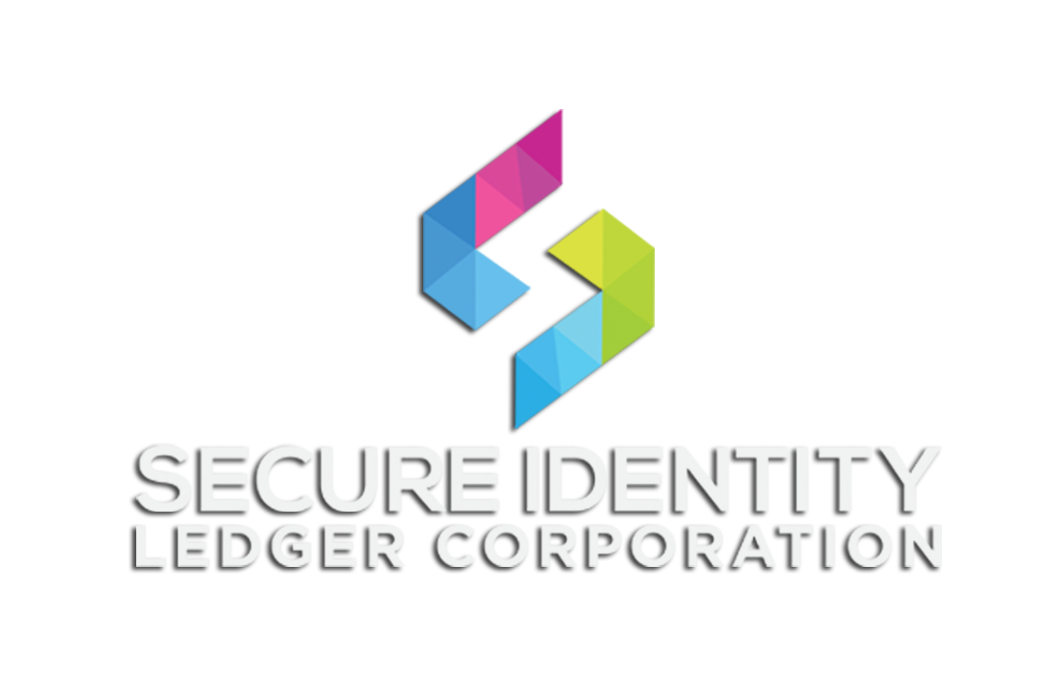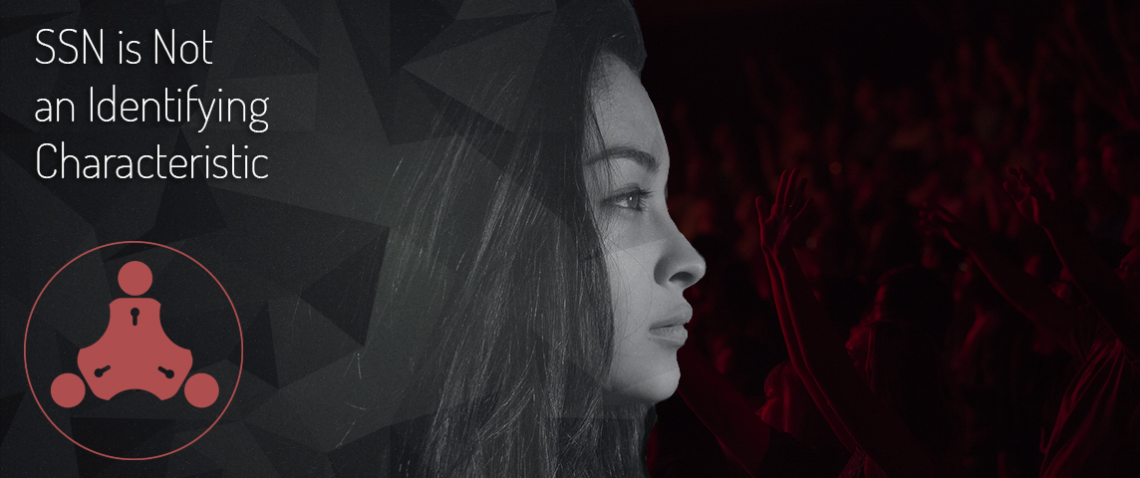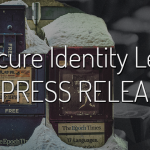The use of one’s Social Security number as an identifying characteristic is a risky proposition; although, in legitimate circumstances, it can lend credibility towards one’s goals of being identified and tracked for tax purposes. During the Great Depression, in an era of financial upheaval and new regulations, the Social Security program was started as part of the New Deal program in 1936. Created to track the income earnings of individuals within the United States, Social Security numbers have been gone through progressive reforms since their inception. Reforms include punishments for fraud, lowering of age at which an individual receives their Social Security number, and networks of distribution of Social Security numbers throughout the United States. The purpose of Social Security numbers is for the levying of payroll taxes, called Federal Insurance Contributions Act (FICA) or Self Employed Contributions Act (SECA) tax. Paying into Social Security, recorded via Social Security numbers, individuals funded programs of social welfare and social insurance, to be paid out in old age or disability of an individual. Besides its social insurance aspect, your Social Security number’s inherently carries information on your credit, income, and taxes; as a means of identification, it seems that a Social Security number might be too valuable an asset to just hand over.
With such a valuable nine-digit number, the average person is sure to think that the penalties in place certainly must be strict enough to prevent fraudulent identity representation. In the modern controversy of identity theft, it is actually no small wonder that the courts have ruled that use of a stolen Social Security number is not identity theft, given that one uses their own name with the stolen Social Security number. As decided by the Colorado Supreme Court’s precedent, the use of a Social Security number that does not belong to that individual is not identity theft, provided that there was no false use of the true identity tracked under the Social Security number. What this could mean is that, despite the inherent value in credible identification provided by a Social Security number, there is a lack of corresponding punitive measures for those using stolen or falsified Social Security numbers. Although this is not likely to affect the millions of tax paying American citizens, this overall medium to track finances, income, and credit is vulnerable to the illegal immigrant and online hacker population, who might bear no actual punishment even when use of a stolen Social Security number has been proven.
Thus, we at Secure Identity Ledger Corporation propose three alternatives to use of one’s Social Security number in credible circumstances requiring identification of individual finances and credit. The first is a complete overhaul of the Social Security system. If there was a means of generating identification “usernames” serving as separate entities from Social Security numbers but still granting identification; Social Security numbers might then have a layer of added protection. This requires federal legislation, but a system much like the Individual Taxpayer Identification Number (ITIN) for non-citizens could be created and might alleviate some of the contemporary problems inherent in the Social Security number system. Second, the use of biometric data as credible identification could thwart the problems found
when online hackers and illegal aliens falsify or steal Social Security numbers. As biometric data personally represents an individual, problems may arise in getting the American population to largely approve of such invasive means of credible identification. Lastly, perhaps one’s driver’s license ID number, granted by the state and certified by that state’s Department of Motor vehicles, could serve as adequate identification for an individual’s credit and tax purposes. However, this alternative has problems similar to the problems with Social Security. If individuals are not careful with their driver’s licenses and ID numbers, these identification mediums might fall prey to theft and misrepresentation. The author suggests that a combination of these alternatives, with the current Social Security measures, might suffice in allowing individuals to easily identify themselves, while circumventing possible outside theft or misrepresentation. As mentioned with the first solution, a completely revised Social Security representation system might be the only real, if impractical, lasting solution. Otherwise, it might be left up to internet innovation to produce a new system of identification that would simultaneously permit one’s authorization or transaction to transpire, without unnecessarily giving away more information than one intended.







Comments by admin